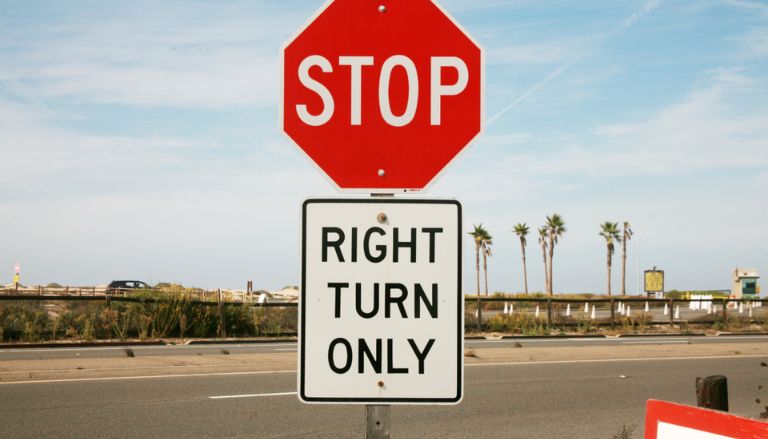Understanding and adhering to right-of-way laws is crucial for ensuring safety on California’s roads. These laws dictate how drivers, pedestrians, and cyclists interact, aiming to prevent accidents and maintain orderly traffic flow. This article provides an overview of California’s right-of-way regulations, offering essential information for all road users.
Defining Right-of-Way
In California, “right-of-way” refers to the legal right of a pedestrian, vehicle, or bicycle to proceed in a particular situation or place ahead of others. Yielding the right-of-way means allowing another road user to go first. It’s important to note that even if you have the right-of-way, the law requires you to exercise caution to prevent collisions.
Intersections
Intersections are common sites for potential conflicts, making right-of-way rules particularly vital:
- Controlled Intersections: At intersections regulated by stop signs or traffic signals, obey the signals and signs. Yield to pedestrians crossing legally and to other vehicles as directed by the signals.
- Uncontrolled Intersections: When approaching an intersection without signs or signals, yield to vehicles already in the intersection. If two vehicles arrive simultaneously, the driver on the left should yield to the driver on the right. Read more on the California DMV website.
- T-Intersections: At a “T” intersection without signs, the driver on the terminating road must yield to traffic on the through road.
Pedestrian Crossings
Pedestrian safety is a priority in California:
- Crosswalks: Drivers must yield to pedestrians in both marked and unmarked crosswalks. An unmarked crosswalk exists at any intersection where the sidewalks meet. California DMV provides more details.
- Jaywalking: While pedestrians have the right-of-way in crosswalks, crossing outside of designated crosswalks (jaywalking) is discouraged and may be subject to fines. However, recent legislation, such as The Freedom to Walk Act, has decriminalized safe mid-block crossings, allowing pedestrians more flexibility while emphasizing caution.
Turning Maneuvers
Specific rules apply when making turns:
- Left Turns: Drivers intending to turn left or make a U-turn must yield to oncoming traffic that is close enough to pose a hazard. Only proceed when it’s safe. More details are available at Justia Law.
- Right Turns: Before turning right, ensure there are no pedestrians crossing the street or cyclists riding alongside your vehicle. Yield to these road users before completing your turn.
Roundabouts
Roundabouts are designed to improve traffic flow:
- Entering: Vehicles entering a roundabout must yield to traffic already circulating. Wait for a sufficient gap before merging.
- Navigating: Once inside, proceed counterclockwise without stopping or overtaking. Use your turn signal when preparing to exit.
Emergency Vehicles
When an emergency vehicle approaches with sirens and flashing lights:
- Action Required: Immediately pull over to the right edge of the road and stop until the vehicle has passed. If you’re in an intersection, continue through before pulling over safely. Read more at the California DMV site.
Special Situations
Certain scenarios require additional attention:
- Mountain Roads: On steep, narrow roads where passing is difficult, the vehicle facing downhill must yield by backing up to allow the uphill vehicle to pass. Read more on California DMV.
- School Zones: Always yield to pedestrians in school crosswalks and adhere to posted speed limits. Be vigilant for children crossing unexpectedly.
Consequences of Failing to Yield
Not yielding the right-of-way can lead to severe consequences:
- Legal Repercussions: Violations can result in fines, points on your driving record, and increased insurance premiums.
- Safety Risks: Failing to yield increases the likelihood of collisions, endangering drivers, passengers, pedestrians, and cyclists.
Staying Informed
Traffic laws can evolve. To stay updated:
- Consult Official Resources: Regularly review the California Driver Handbook available on the Department of Motor Vehicles (DMV) website.
- Stay Abreast of New Laws: Legislation affecting right-of-way rules may change. For instance, recent laws address parking regulations near crosswalks to enhance pedestrian safety.
Conclusion
Understanding and respecting right-of-way laws is essential for the safety of all road users in California. By adhering to these rules, drivers, pedestrians, and cyclists contribute to a harmonious and secure traffic environment. Always exercise caution, remain aware of your surroundings, and prioritize safety over asserting right-of-way.




Leave a Comment